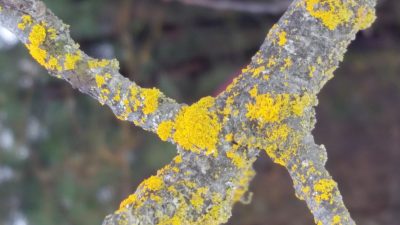Lichen: Finding Usefulness in Fungi
I am addicted to lichen (like-en).
Whenever I see lichen, I have to photograph it. I love its various textures and colors. Its softness and woodsy smell.
If you have children or grandchildren who love the outdoors and plant life like I do, this information is for you.
Myth Busters
Did you know?
- Lichen is not moss. Moss has roots that absorb water and nutrients. Lichen do not.
- Lichen is plant-like, but not plants.
Facts About Lichen
- Lichens grow abundantly on bark, leaves, mosses, on other lichens. They hang from branches “living on thin air” rain forests and in temperate woodland.
- They grow on rocks, walls, gravestones, roofs, exposed soil surfaces, and in the soil.
- About 6% of Earth’s land surface is covered by lichen.
- Flying squirrels use lichen for nesting and food.
- Mountain goats and black-tailed deer eat lichen.
- Navaho weavers use lichen for their warm brown color.
- Different species of lichen are used for medicinal purposes.
- Lichen grows in many species and colors.
How the Colville Tribal Native Americans use Lichen
- Only 3 species of lichen were used by Colville tribal people.
- Black tree lichen, or “black moss,” historically was normally gathered in late summer or early fall. It was picked with 20-foot poles or sticks with hooks and thoroughly cleaned of debris and pitch.
- While Black tree lichen can be eaten raw, and usually by starving hunters, it is cooked in large pits.
- Cup Lichen was boiled and used to wash sores that were slow to heal.
- Wolf Lichen was used to make yellow dye for baskets.
- Wolf Lichen was boiled. A weak solution was used for internal problems, and a stronger solution was used to wash sores and wounds.
Lichen Legend
Lack tree lichen is said to have originated from Coyote’s hair. Coyote attempted to capture some swans, smilkameen, but instead they flew into the air, taking Coyote with them. When up high, the swans let go of Coyote and he fell, lodging in the branches of a tree. After some time, he freed himself. Much of his hair entangled in the branches.
Coyote transformed that hair into black tree lichen. “You, my hair, will not be wasted,” he said, “the coming people will gather you and use you as food.”
Coyote changed his hair into lichen and it was used by the people ever since.
Call to Action
Study at the pictures and see if you can identify which species of lichen they are and identify what uses they once had or still use today.
Feel free to pass this along to other adventure-seeking biologists-in-the-making.
Happy lichen hunting.







This stuff looks too pretty to eat. I could see it “decorating” a table display, centerpiece, or perhaps yule log at holiday time. But living in the city, I suspect there isn’t an abundance of it close by.
It is used with holiday decor. I think in the city, you may just have to look a little harder, Judith. I’m sure it’s around somewhere. Parks and the like. Let me know if you every find any!
It is used with holiday decor. I think in the city, you may just have to look a little harder, Judith. I’m sure it’s around somewhere. Parks and the like. Let me know if you ever find any!
How interesting! I had always thought lichen was a type of moss. This information would be of interest to a lot of nature-loving people, Carmen. Have you thought of submitting it to that type of publication? For children’s magazines, too. It’s wonderful nature data.
Great tips, Mary. I will look into submitting this to a children’s magazine. Thank you!